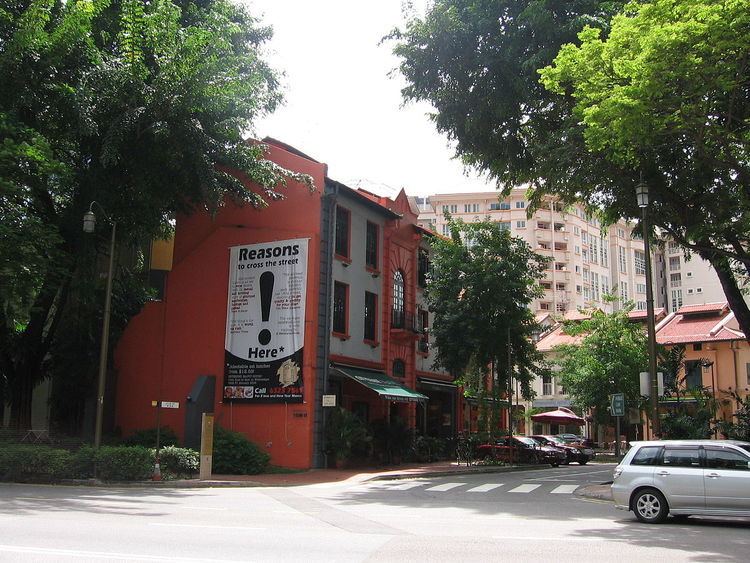Major cities Singapore | ||
 | ||
Club street chinatown singapore by hourphilippines com
Club Street (simplified Chinese: 客纳街; traditional Chinese: 客納街) is a street located in Chinatown within the Outram Planning Area in Singapore. Club Street links Cross Street with Ann Siang Hill, which leads to South Bridge Road.
Contents
- Club street chinatown singapore by hourphilippines com
- Map of Club St Singapore
- Etymology and history
- References
Map of Club St, Singapore
The street is lined with conserved shophouses that are occupied by restaurants, bars and several galleries. Restaurant groups Da Paolo and IndoChine Group have branches located on this street, and it is home to a number of bars and cafes.
Etymology and history
Club Street got its name from the various Chinese clubs sited on this street. Some say the street got its name after the Chinese Weekly Entertainment Kee Lam Club, which was sited on this street at the end of Ann Siang Road. The club was formed in 1891 and was the leading Straits Chinese club for several decades. Others believe the street name was derived from the Chui Lan Teng Club which existed there for more than 90 years. This was the place where wealthy Chinese businessmen would meet for leisure.
Another club was the Ee Hoe Hean Club, the most exclusive and prestigious of Chinese clubs in the 1920s. The club was founded in 1895 by a group of Hokkien businessmen. The clubhouse was located originally on Duxton Road and shifted in 1910 to Number 38 Club Street. It later moved again to Bukit Pasoh Road in 1925. The club had members who were Hokkiens, Teochews, Cantonese and Hakkas.
Club Street was predominantly a Hokkien area. Hokkiens living here came from three villages in the Tong Ann county in Fujian Province of China. Club Street was known for its sandalwood idols.
This street was known in Chinese as tua man lai, which means "within the big gate". This is a reference to a big gateway at the entrance of Club Street from the Cross Street junction. The Hokkiens also refer to this street as chui lan teng, meaning "Chui Lan pavilion".
